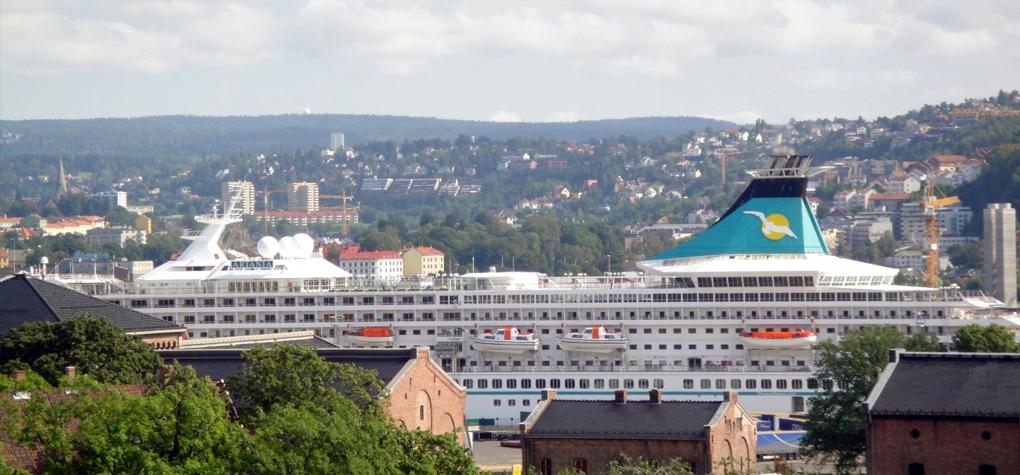Port of Call – Oslo, Norway
Oslo Port Authority (Norwegian: Oslo Havn KF) is a kommunalt foretak (municipal enterprise), and accountable to the Municipality of Oslo. For many years, Oslo Havn KF was known as Oslo havnevesen (OHV) but was renamed on June 8, 2004, to its current name.
Oslo constitutes both a county and a municipality. Founded in the year 1040, and established as a “kaupstad” or trading place in 1048 by King Harald III, the city was elevated to a bishopric in 1070 and a capital under Haakon V around 1300. Personal unions with Denmark from 1397 to 1523 and again from 1536 to 1814 and with Sweden from 1814 to 1905 reduced its influence. After being destroyed by a fire in 1624, the city was moved closer to Akershus Fortress during the reign of King Christian IV and renamed Christiania in his honour. It was established as a municipality (formannskapsdistrikt) on 1 January 1838. Following a spelling reform, it was known as Kristiania from 1877 to 1925, at which time its original Norwegian name was restored.
Oslo is the economic and governmental centre of Norway. The city is also a hub of Norwegian trade, banking, industry and shipping. It is an important centre for maritime industries and maritime trade in Europe. The city is home to many companies within the maritime sector, some of which are among the world’s largest shipping companies, shipbrokers and maritime insurance brokers. Oslo is a pilot city of the Council of Europe and the European Commission intercultural cities programme.
Oslo is considered a global city and ranked “Beta World City” in studies carried out by the Globalization and World Cities Study Group and Network in 2008. It was ranked number one in terms of quality of life among European large cities in the European Cities of the Future 2012 report by fDi magazine. A survey conducted by ECA International in 2011 placed Oslo as the second most expensive city in the world for living expenses after Tokyo. In 2013 Oslo tied with the Australian city of Melbourne as the fourth most expensive city in the world, according to the Economist Intelligence Unit (EIU)’s Worldwide Cost of Living study.
One of the best features of Oslo, Norway, is its setting. Located at the base of the Oslo Fjord, the city extends up the mountains that surround it on three sides. The cultural center of the city is downtown, right on the water. Oslo is easy to navigate and so compact that you can walk almost everywhere. Cruise ships dock opposite Akershus Castle, and it is a short walk from there to city hall. Oslo Cruise Terminal features a shop with typical Norwegian souvenirs, a cafeteria, a tourist-information center and a money-exchange facility. Although there is no permanent taxi stand, there are usually plenty available. There are terminals for the ferries serving Denmark and Germany nearby. Stena Line and DFDS (ferries to Denmark) share a terminal at Revier quay on the other side of Akershus Castle.
As of January 2015, the municipality of Oslo has a population of 647,676, while the population of the city’s urban area was 942,084. The metropolitan area had an estimated population of 1.71 million. The population is currently increasing at record rates, making it the fastest growing major city in Europe. This growth stems for the most part from international immigration and related high birth rates, but also from intra-national migration. The immigrant population in the city is growing somewhat faster than the Norwegian population, and in the city proper this is now more than 25% of the total. Demonym for a male child or adult, is oslogutt—literally a boy from Oslo.
For more information on booking cruises and the Ports of Call – Oslo, Norway, visit our agent directory to retain an experienced, globally certified travel professional.
Agent Directory this way…


